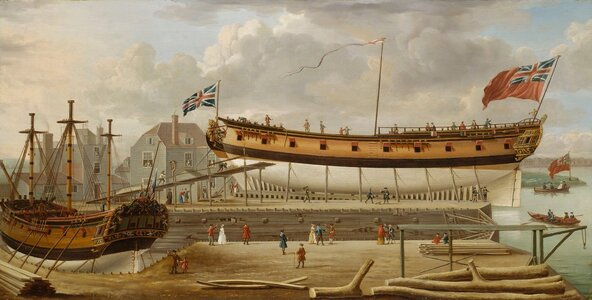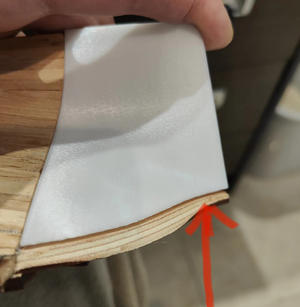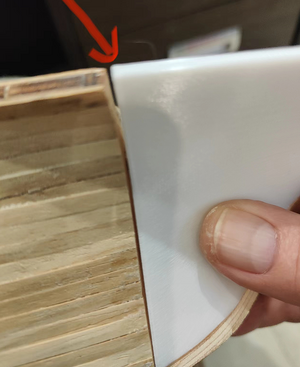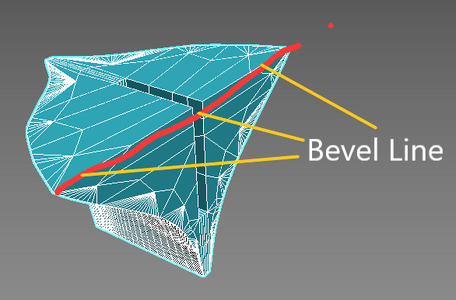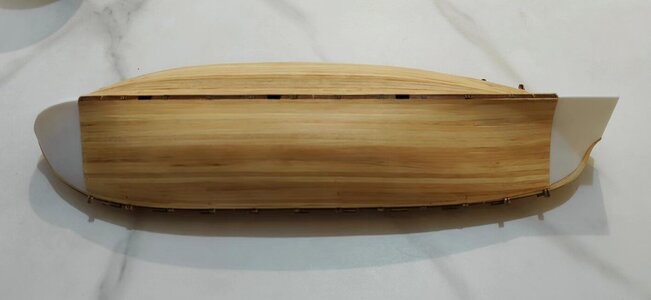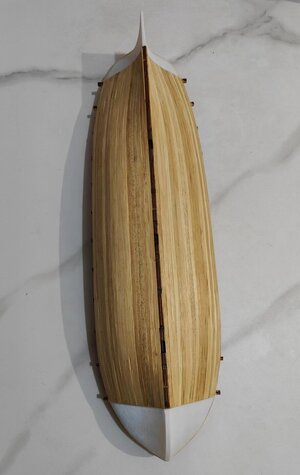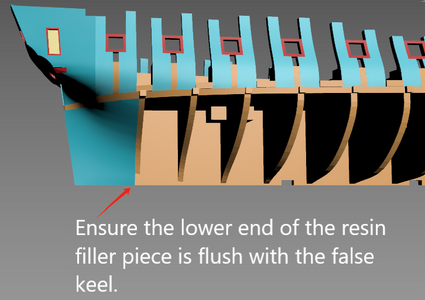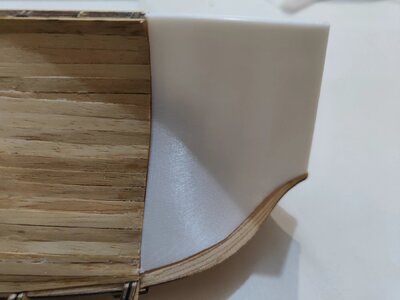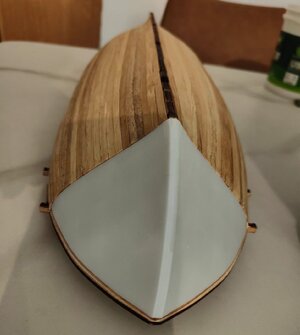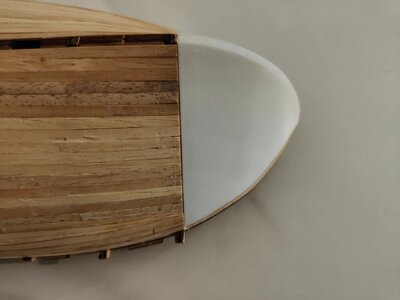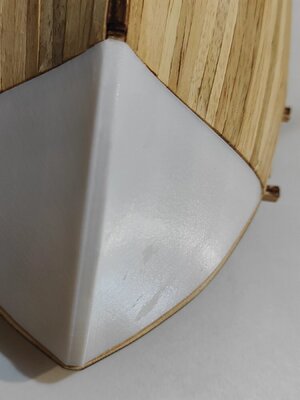Dear Friends
I promised you that photographs would follow and here we go.
Closing up the hull on the Port Side went relatively quickly which meant that the first-layer planking was completed. Whilst the temptation to sand the planked portion was great, I resisted as I realized that first adding the resin filler pieces would provide me with a much clearer picture of the run of the hull. I have always said that successful planking depends on how well you can “read” the hull - I am not sure if this makes any sense to anyone else, but to me it is very important.
This also meant that it was now time to install the much spoken about resin filler pieces. I quickly learnt just how accurately this kit is designed when I encountered a challenge fitting the stern piece. Pushed into position (dry-fit, of course) a peculiar situation arose. With the filler piece properly butted up against the wooden planking, the fit was great, BUT I had a gap at the bottom.
View attachment 435076
Note the gap at the bottom between the filler piece and the false deck when the resin filler was pushed against the planked surface.
Conversely, if I pressed it flat against the bottom, there would be a gap between the filler piece and the planking culminating in a very noticeable and large gap at the top.
View attachment 435077
Note the gap between the filler piece and the planked section when the filler piece was pressed flat against the false deck at the bottom.
A quick WeChat message to
@wuxiaomeng Wuxi resulted in an instantaneous diagnosis of the problem and two possible solutions. The problem was diagnosed as a CA glue spill which I found hard to imagine could have such a big effect. And yet, when the glue spill was sanded away, the fit was about 90% perfect. Therefore, a note to prospective Pandora builders:
Make sure there are no glue spills – no matter how small.
I mentioned that the fit was now about 90% of what I wanted it to be, but not yet at 100%. The second suggestion Wuxi made was to put a very slight bevel at the bottom edge of the filler piece that butts up against the planking. (See illustration below).
View attachment 435078
The red line indicates where I had to put a small bevel on the filler piece. Actually, "bevel" is the wrong word - it was more like than one or two passes with a flat file.
And Voila! With that done, I was very happy with the fit. The bow filler piece slotted into a perfect fit right from the word go with no extra work needed.
View attachment 435079
View attachment 435081
View attachment 435082
Mission accomplished!
View attachment 435083
Please note that I do NOT beautify, photoshop or use filters on any of my pictures.
View attachment 435084
View attachment 435085
View attachment 435086
And this is exactly what I had aimed for - note the planking protruding ever so slightly above the filler piece. Just imagine, sanding from the resin piece at the bow towards the stern, how easy it will be to make the fit between planking and resin piece seamless. Delightful, I tell you!







